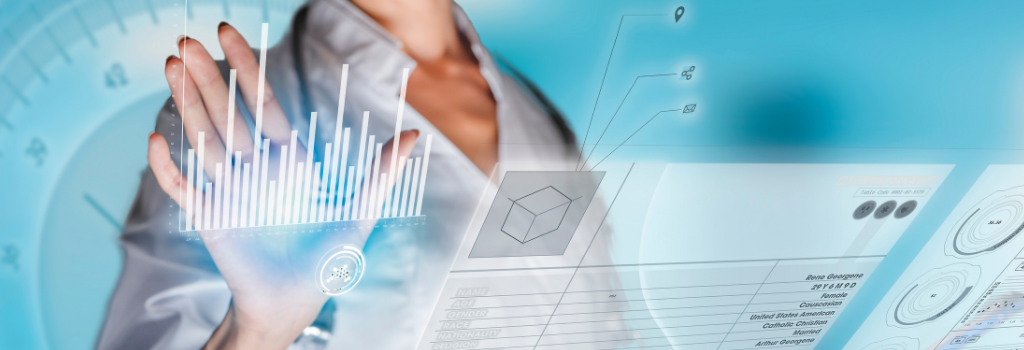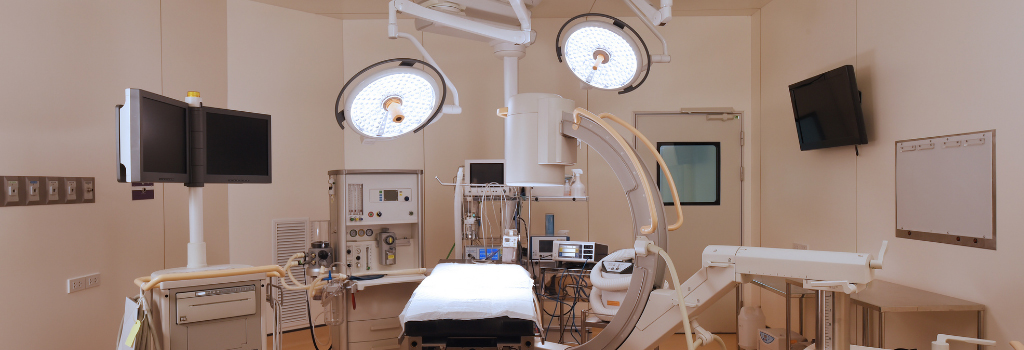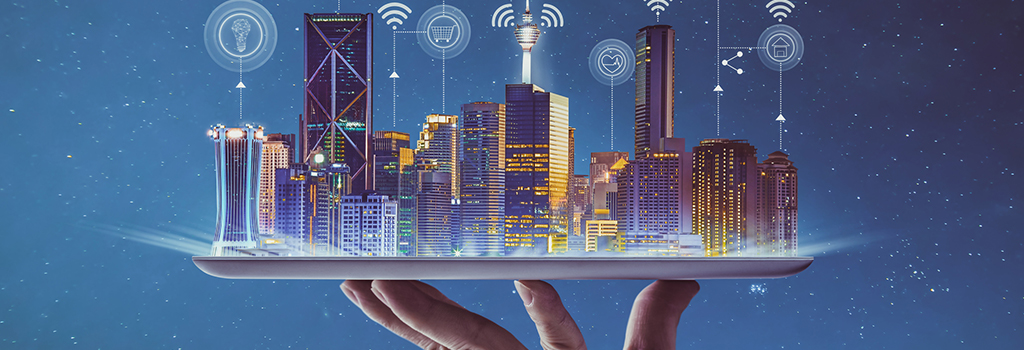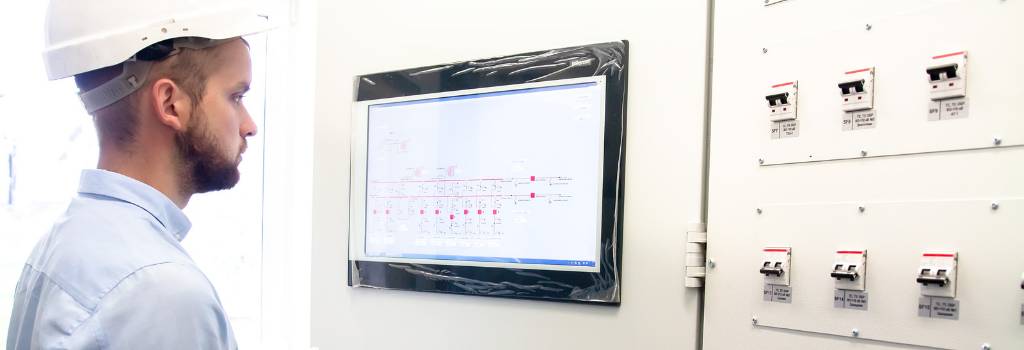- 세부
- 카테고리: Intelligent Systems
The Internet of Things (IoT) is a vital component for a Remote Patient Monitoring (RPM) solution. An IoT-based RPM system improves patients’ health-related outcomes and helps them reduce expenses. It also allows doctors to optimize patient care and diagnosis efficiency. Doctors can remotely monitor patients in acute conditions on an ongoing basis and immediately attend to patients in distant locations.
더 읽기: Remote Health Monitoring with Intelligent Edge Gateway
- 세부
- 카테고리: Network Computing
One of the biggest responsibilities of healthcare professionals is ensuring their patients are in top optimal health conditions at all times. Such responsibility entails healthcare professionals accessing a patient's sensitive data, such as historical health or ongoing treatments. But, according to health regulations like HIPAA, health information must be electronically protected at all costs.
- 세부
- 카테고리: Intelligent Systems
Intelligent Transportation System, and smart traffic management systems are an indispensable component in developing Smart Cities. In any city, mobility is a key concern, and not just limited to traffic congestion control and information, but also road safety and efficient infrastructure usage. These technology solutions prepare Smart Cities for coming technology evolutions, including Connected Autonomous vehicles (CAVs) and full deployment of 5G networks.
더 읽기: Outdoor Edge Appliance Enables 5G, Wi-Fi, and AI Smart City Connectivity
- 세부
- 카테고리: Network Computing
Organization began moving in droves to the Zero Trust security model in 2019, implementing a “never trust, always verify and enforce least privilege” approach to internal and external network access. This approach enforces the mandate that traffic inside the perimeter deserves no more trust than traffic outside; all traffic should be inspected and logged and all access requests should be verified, authenticated and validated on a need-to-know basis.
더 읽기: NCA-5710: Enabling Intent-Based Industrial Intelligent IPS
- 세부
- 카테고리: Power and Energy
Ransomware is the new omnipresent cybersecurity threat to manufacturing – all security attacks that took down automation operations since 2020 were targeted ransomware. Ransomware is a threat to manufacturers as it can halt production and disrupt day-to-day operations. With the digital transformation of the manufacturing process, cyber risk management and cyber risks are constantly changing as threat landscapes and attack surfaces expand, requiring security visibility into all IT, OT, and IoT systems across all facilities.
더 읽기: Edge Appliances Strengthen IT/OT Cyber Security and Operational Resilience
- 세부
- 카테고리: Intelligent Systems
Temperature-sensitive products like vaccines, drugs, chemicals, or foods like seafood, meat, or dairy, require temperature-controlled environments across their entire supply chain. A slight fluctuation in temperature and the whole batch of products may be spoiled or damaged completely.
더 읽기: Remote Cold Chain Monitoring Solution with IoT Gateway
- 세부
- 카테고리: Transportation
Commuter, subway, light rail, and high-speed passenger rail systems are popular modes of mass transportation and are particularly important for cities undergoing rapid urbanization. Rail system digitalization provides many advantages like automated train control (ATC), predictive maintenance, vehicle tracking, and automated fuel and fleet management to ensure maximum security, safety and efficiency of operations.
더 읽기: EN 50155 Rail Gateway Ensures Vital Railway Cybersecurity












